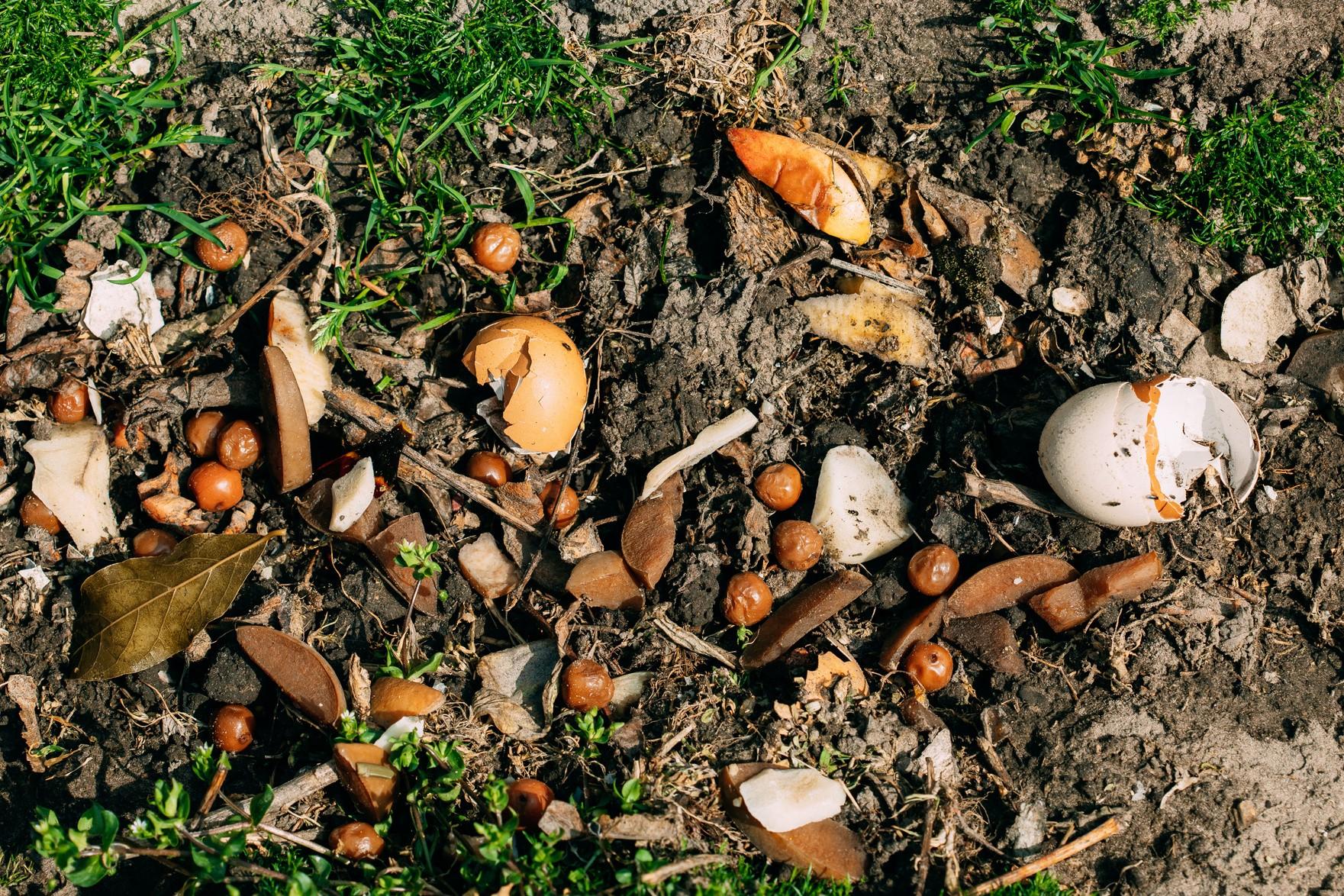

COMPOSTING
Created by RANDY BAKER, Master Composter/RecyclerMucked around with and presented by Tim
KohlhauffWSU Extension

Engaging people, organizations, and communities to advance knowledge, economic well-being, and quality of life by fostering inquiry, learning, and the application of research.





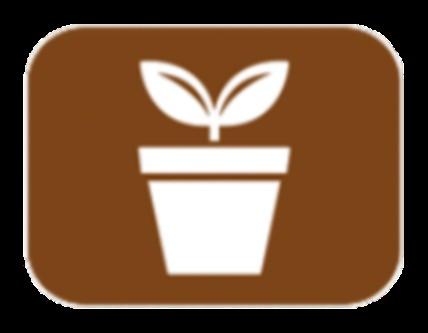



Mission


Engaging university-trained volunteers to empower and sustain diverse communities with relevant, unbiased, research-based horticulture and environmental stewardship education.
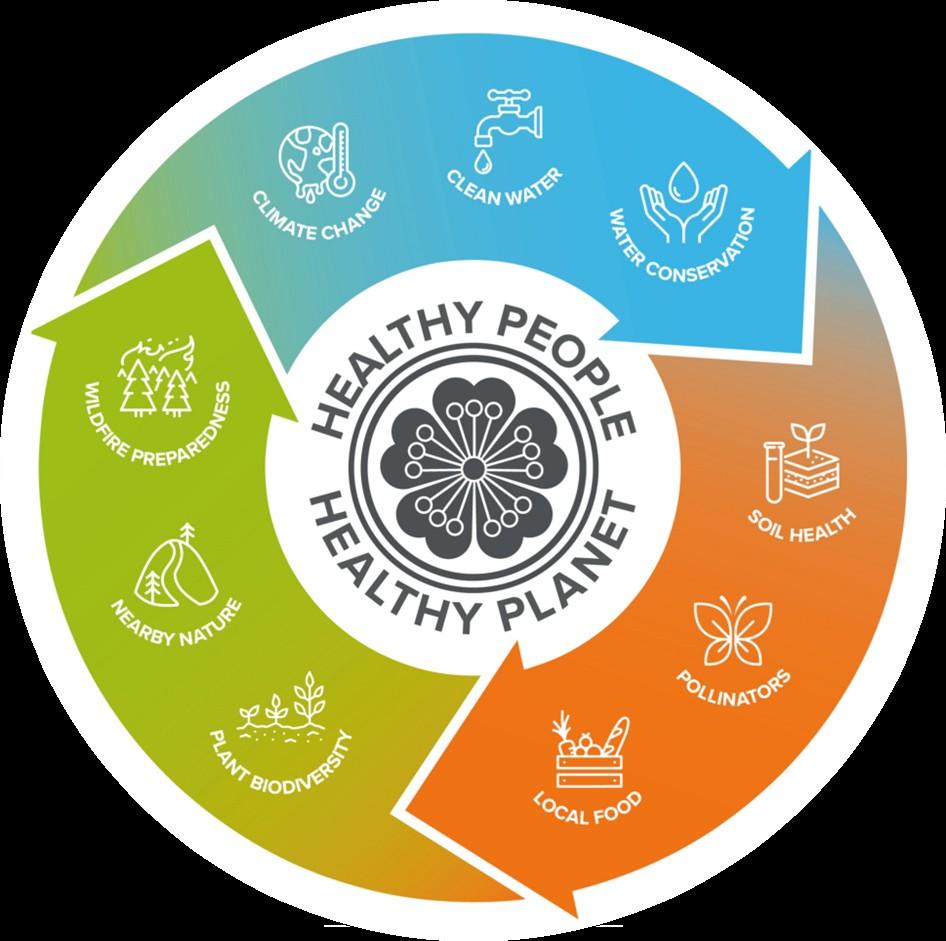

Soil Health

Encourages building healthy soils to prevent depletion and ensure the longterm viability of local food security & natural resources.
Importance of healthy soils
We all have a role to play
Techniques for preserving and improving soil
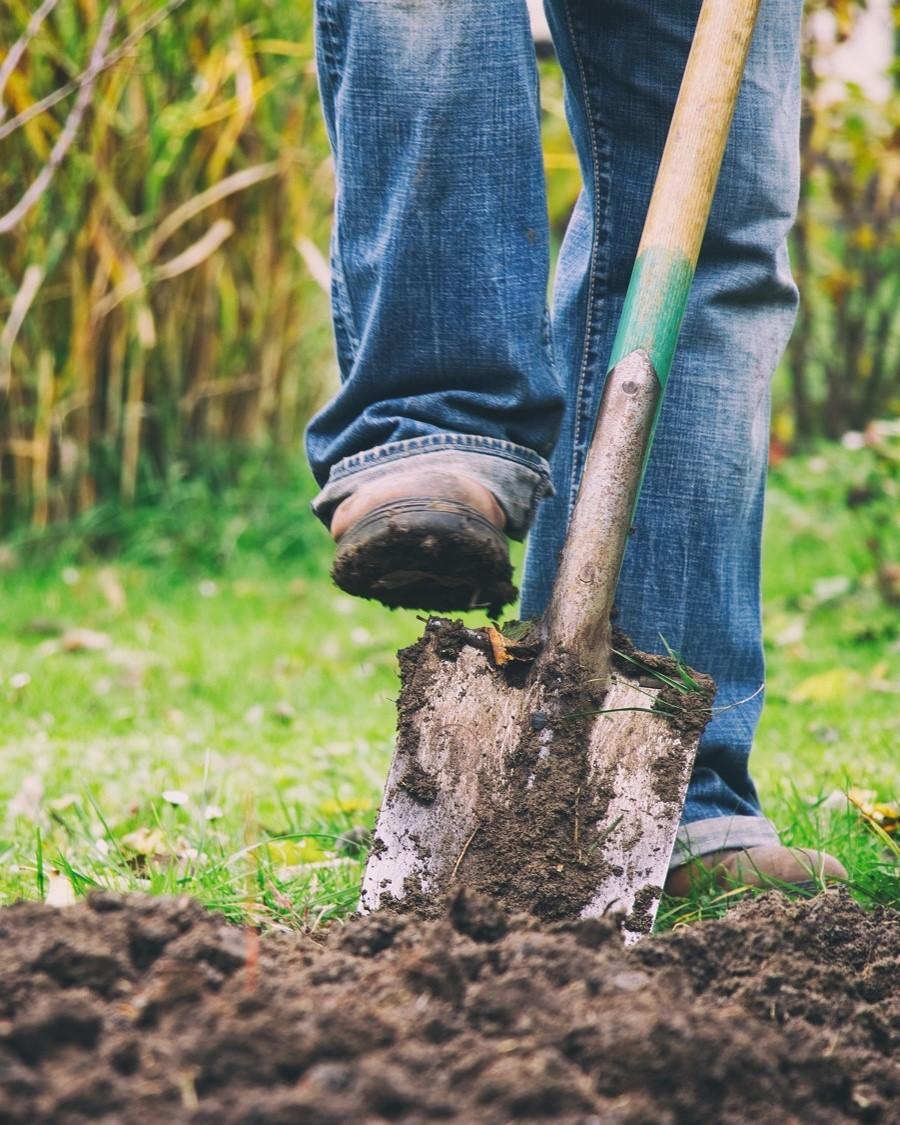

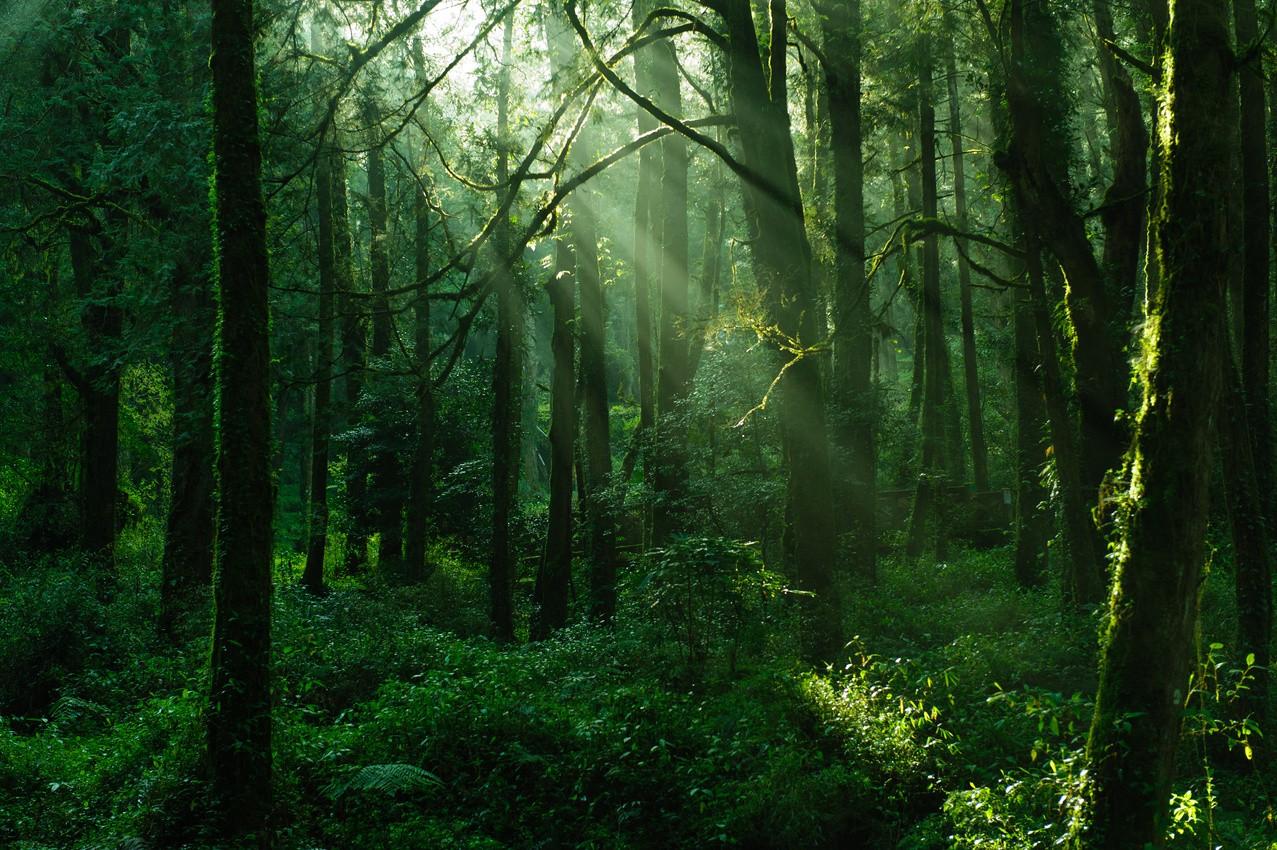
Harnessing a Natural process
Happens even if we aren’t involved, eventually.
Compost piles are microbe farms.
By providing ideal conditions we increase efficacy.
Conserves resources.
Why Compost?
Improves water quality and usage.
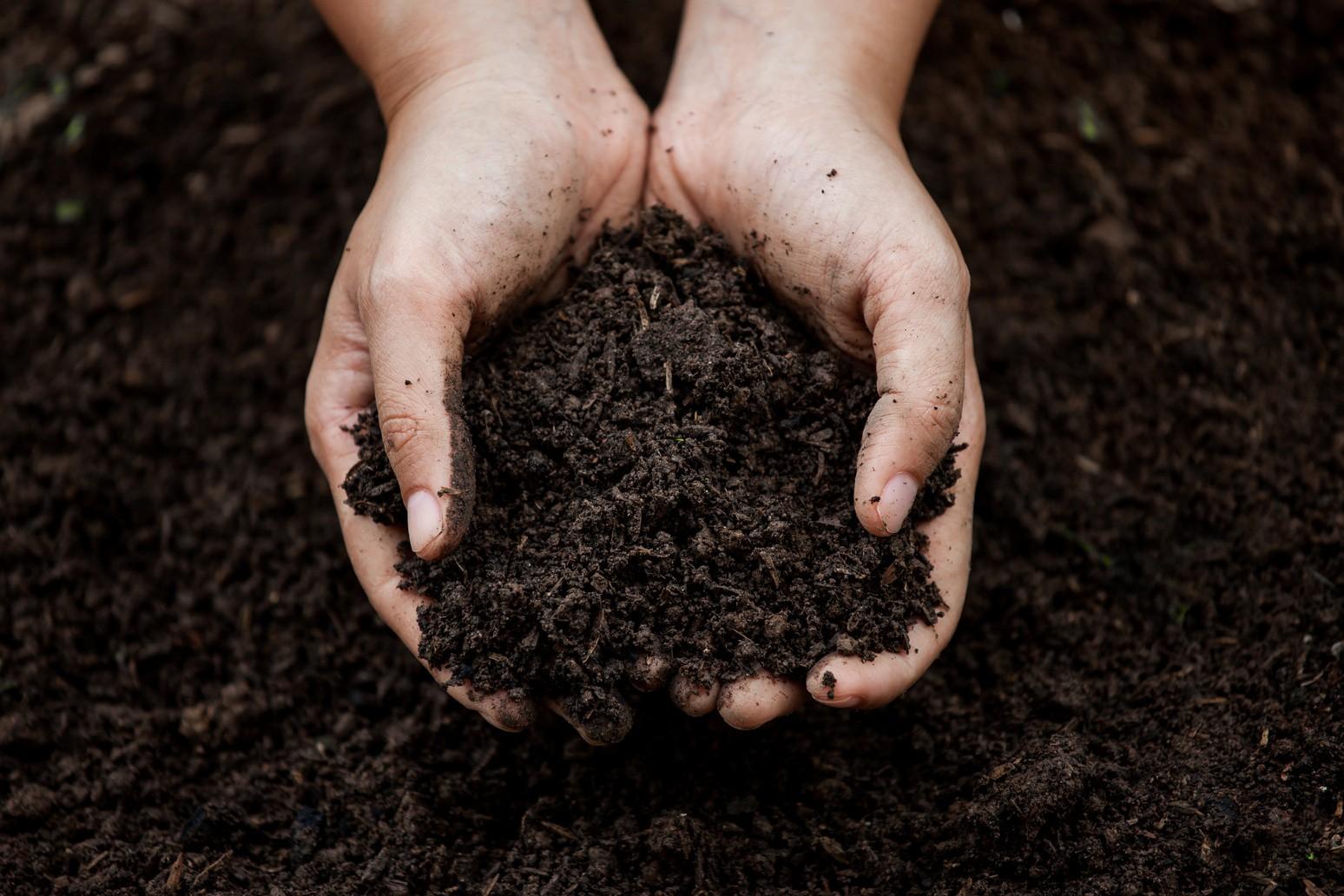
Improves air quality.
Overall soil health.

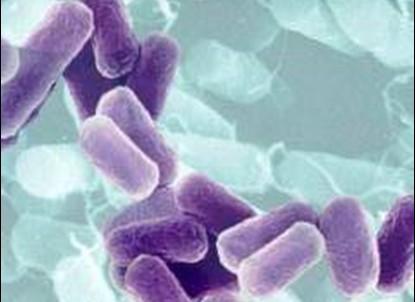
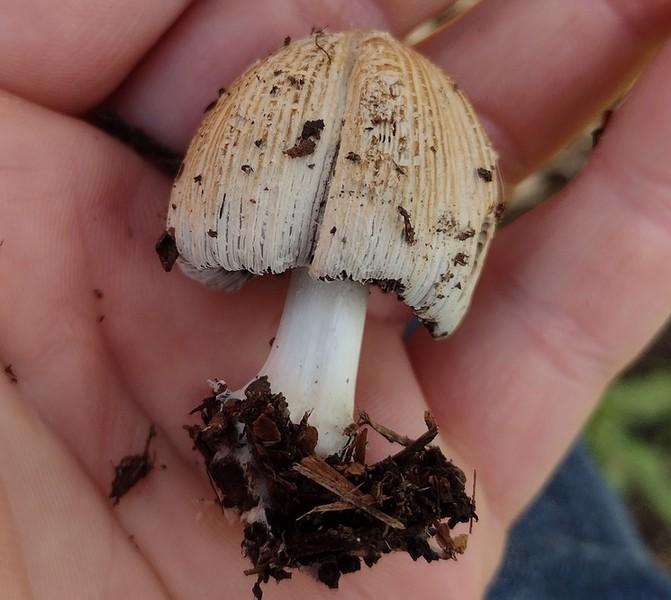
The Decomposers


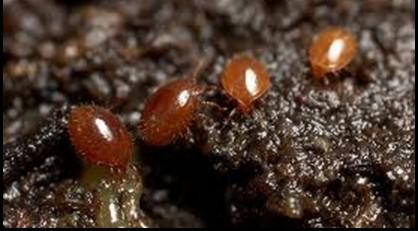

Chemical Decomposers

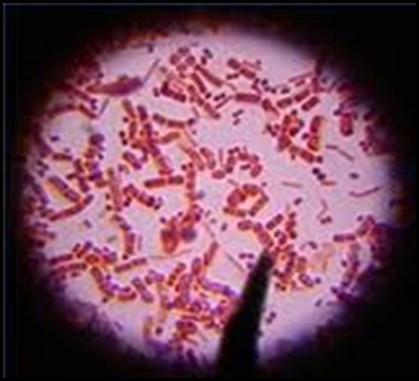

• Mesophilic bacteria - Heat it up
• Thermophilic bacteria - Like the heat
• Actinobacteria - Fungi-like bacteria
• Fungi - Break down the hard stuff
• Sow/Pillbugs
• Mites
Physical Decomposers
• Worms
• Slugs and Snails
• Millipedes
• Nematodes
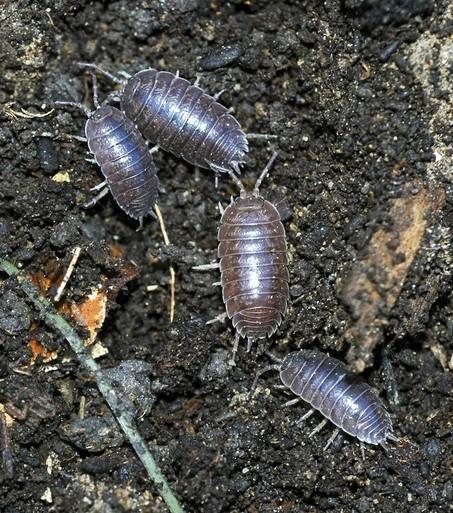

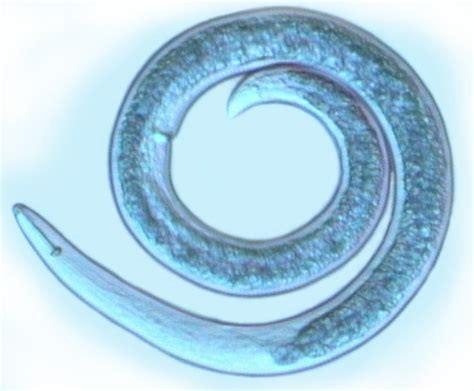
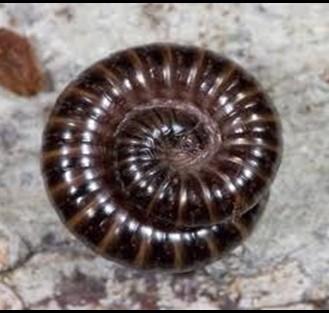

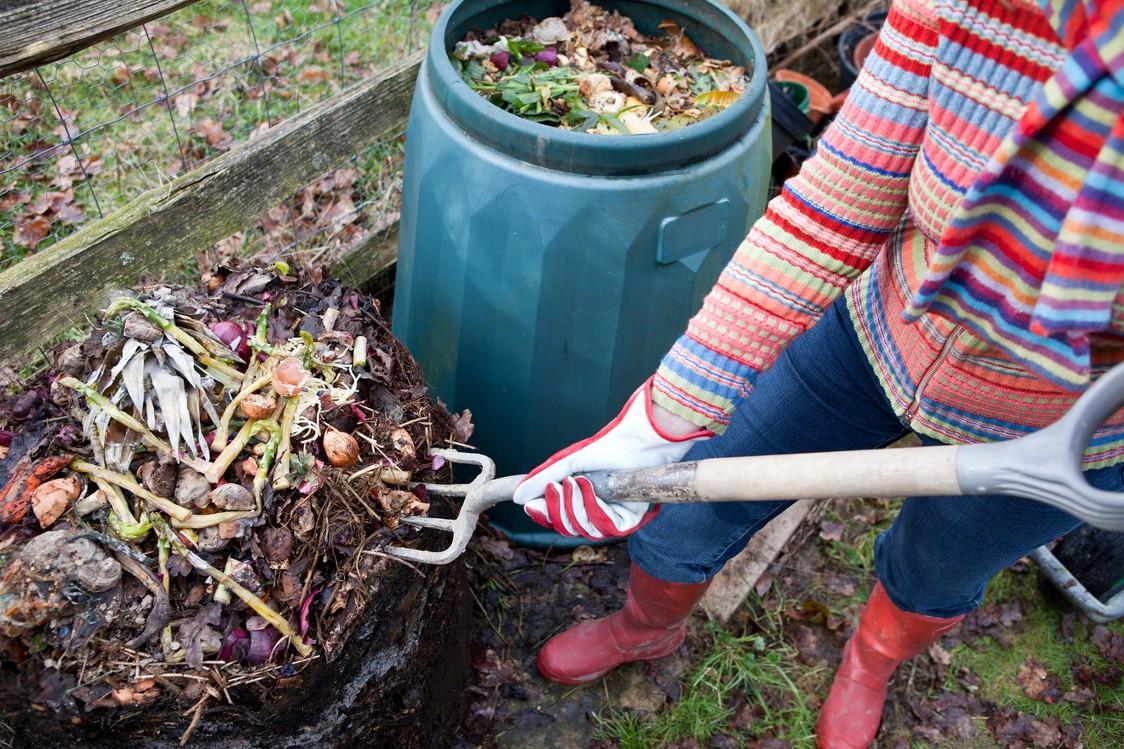
Composting
Methods
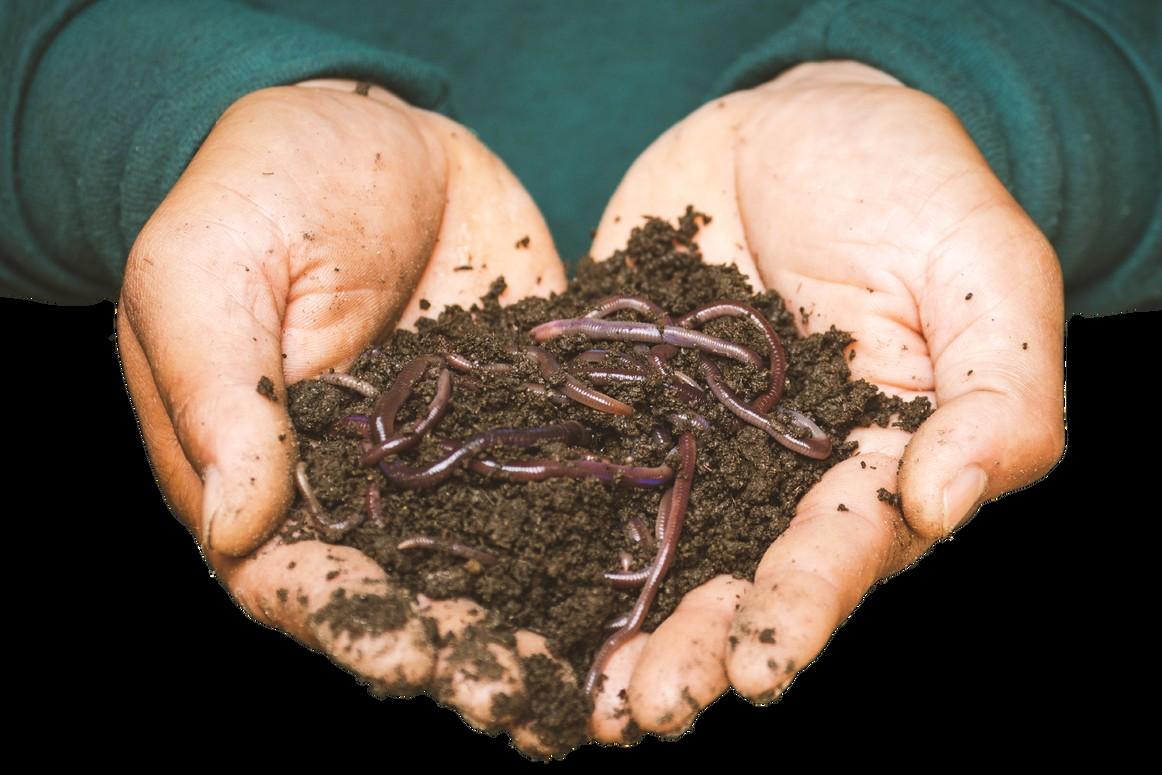
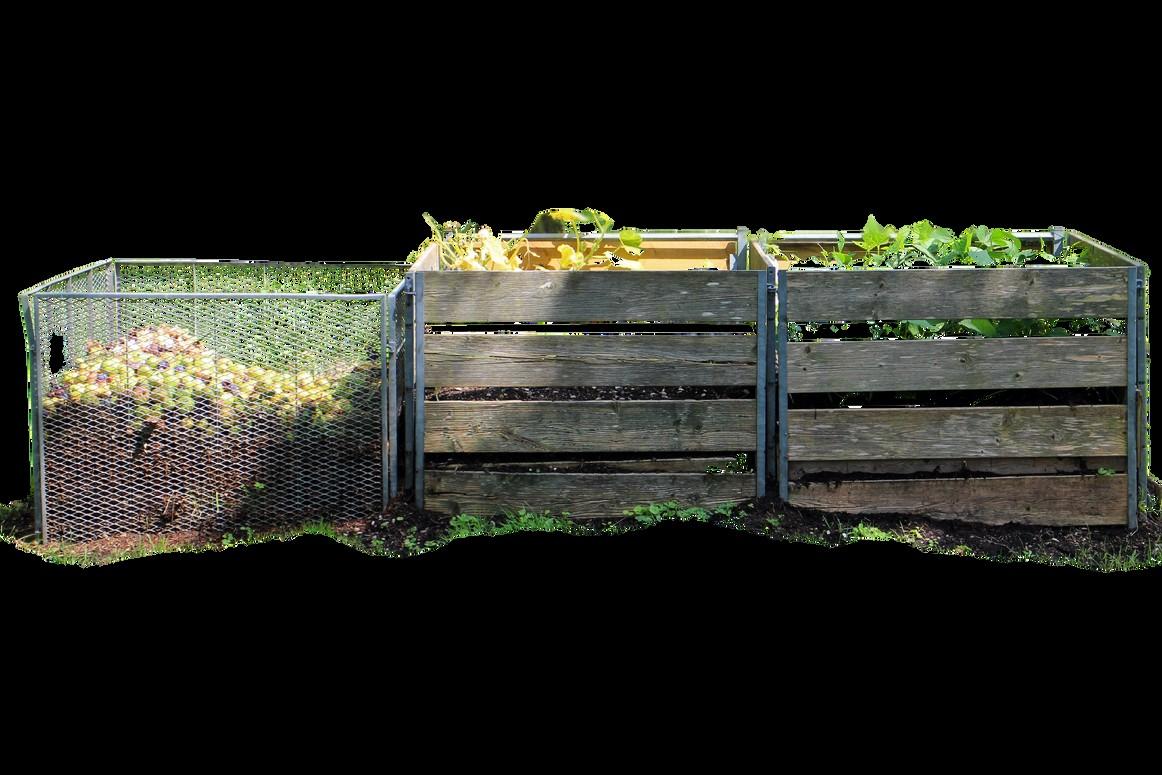
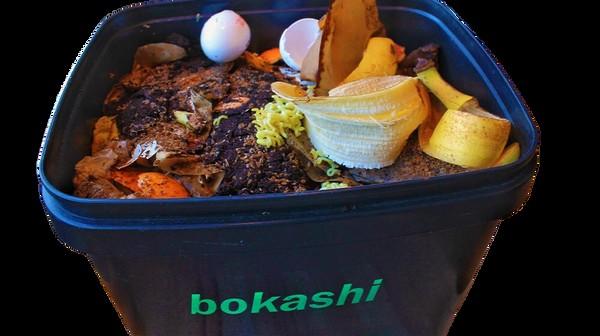
Vermicomposting
Hot, active composting Cold, passive composting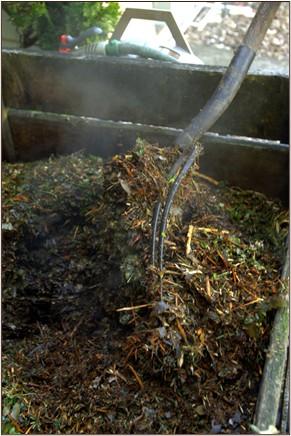
Requires proper C:N
Aerobic process
Must be monitored and turned

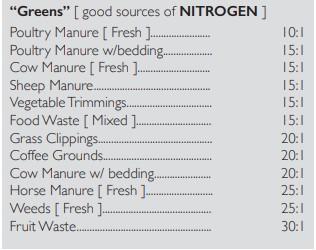
Green:Brow
Green-to-Brown should be between 2:1 and 3:1
n
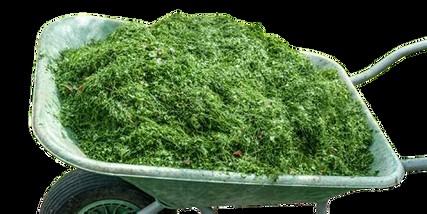


This is generally easier to monitor than C:N
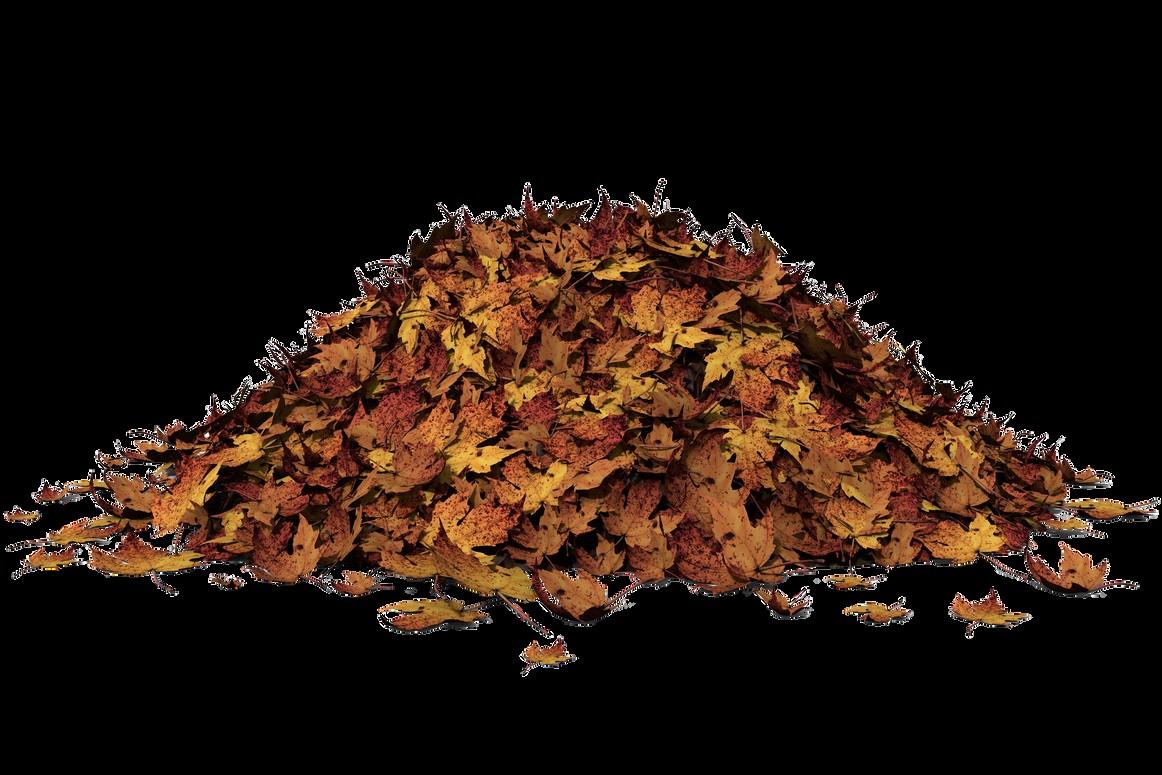
Carbon-to-nitrogen should be near 30:1
From our previous example:

This can be more difficult to track as you may need references.



2 parts grass = 2x(20:1) = 40:2
1 part dry leaves = 60:1
Total C:N = 100:3 or 33:1
We have:
More Complex
• 1 Green part coffee grounds (20:1)
• 3 Green parts table scraps (45:3)

• 6 Green parts grass clippings (120:6)
• 1 Brown part wheat straw (50:1)
• An excess supply of dry leaves (Brown)
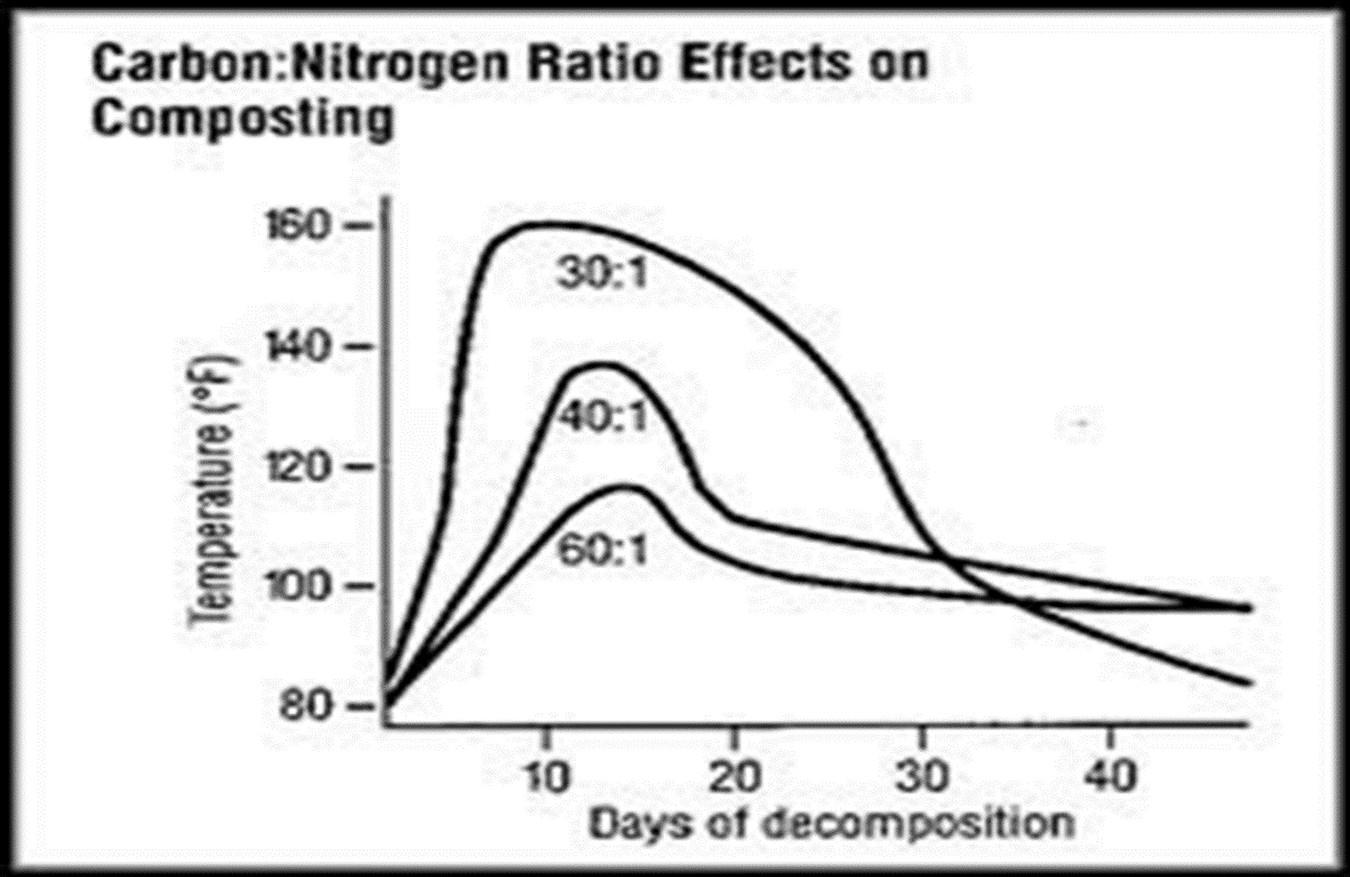
• Carnivore feces (Dog, Cat, Human, Pig)
What Not to Add
• Noxious weed reproductive bits
• Meat
• Dairy
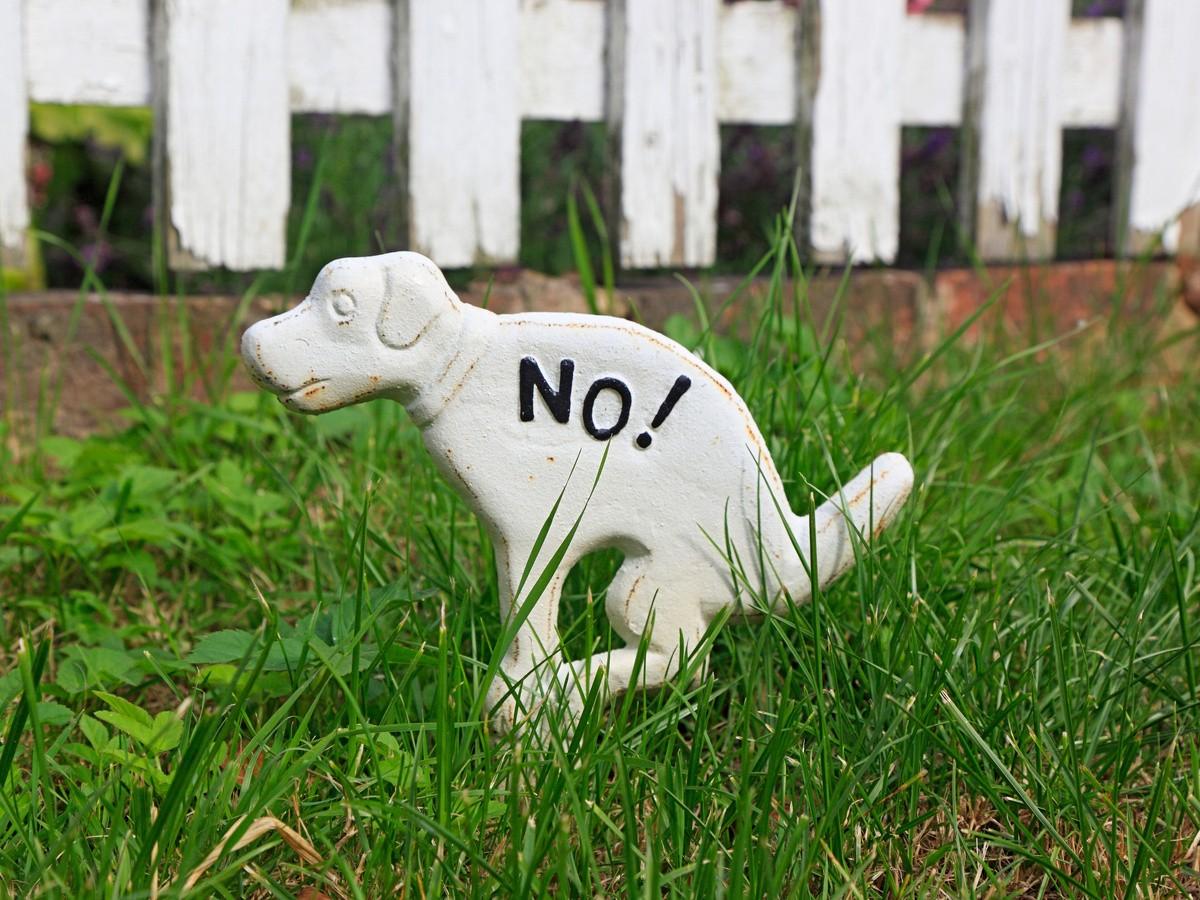
• Fats and oils
• Some diseased material
• Pesticides

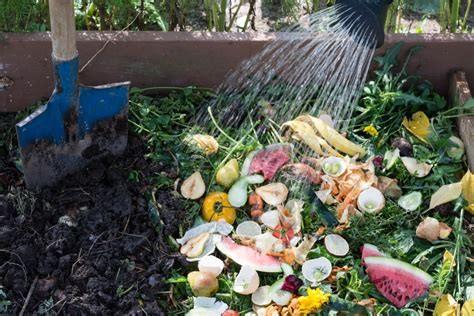

Creating the Pile
Smaller material size is better, but don’t overdo it
Water the pile as you build it for thorough coverage
Greens and browns can be pre-



Turning the Pile
Necessary for aerating the pile
Ensures everything experiences
heat Opportunity for moisture check
Moisture
Allows microbes to travel and stay hydrated
40-60% water (wrung-out sponge)

Improves heat transfer
Problem
Troubleshootin
Solution
Stinky pile - too much nitrogen or water
Turn pile. Add more browns as needed
Not Heating - too little nitrogen, water, or air
Turn pile. Add greens and/or water as needed

When’s it Ready?
Cooled down to near ambient temperatures.
Most of the starting materials are unrecognizable
Near neutral pH
What’s in it?
Nutrients

Barr-Tech’s Compost
A significant amount of organic matter
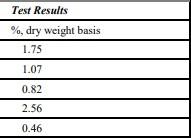
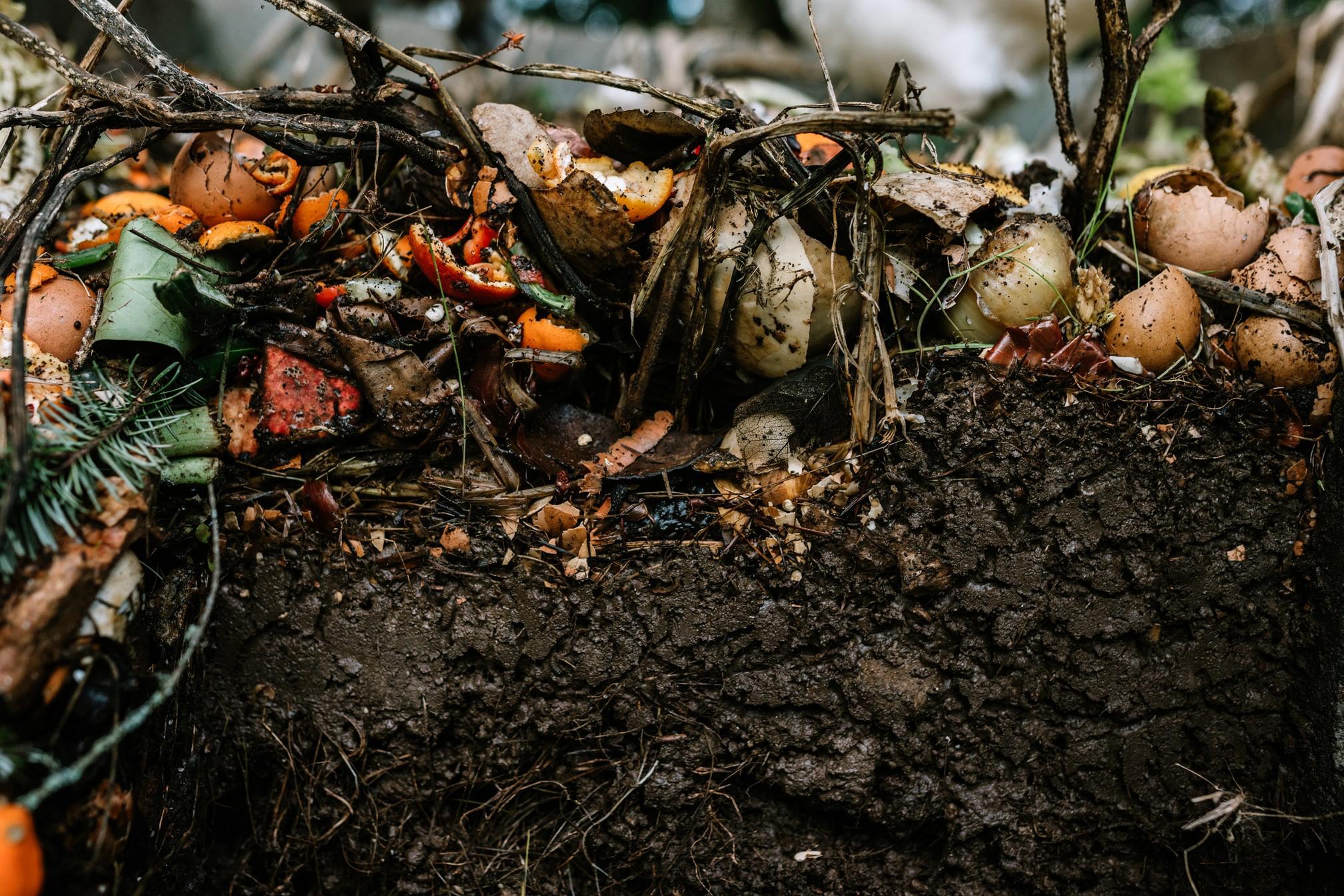
Cold Composting
C:N isn’t as important
Aerobic and anaerobic
Doesn’t need monitoring
How to Cold Compost
Heap materials up as they accumulate and leave it be
Add moisture on occasion, but don’t
drench
Harvest from center and bottom in 6 to
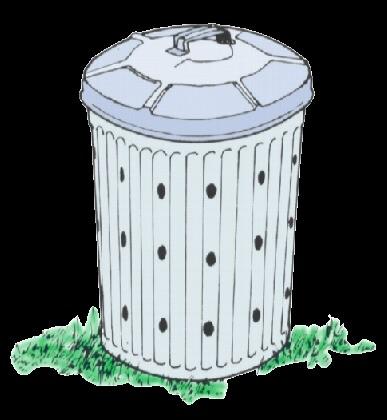

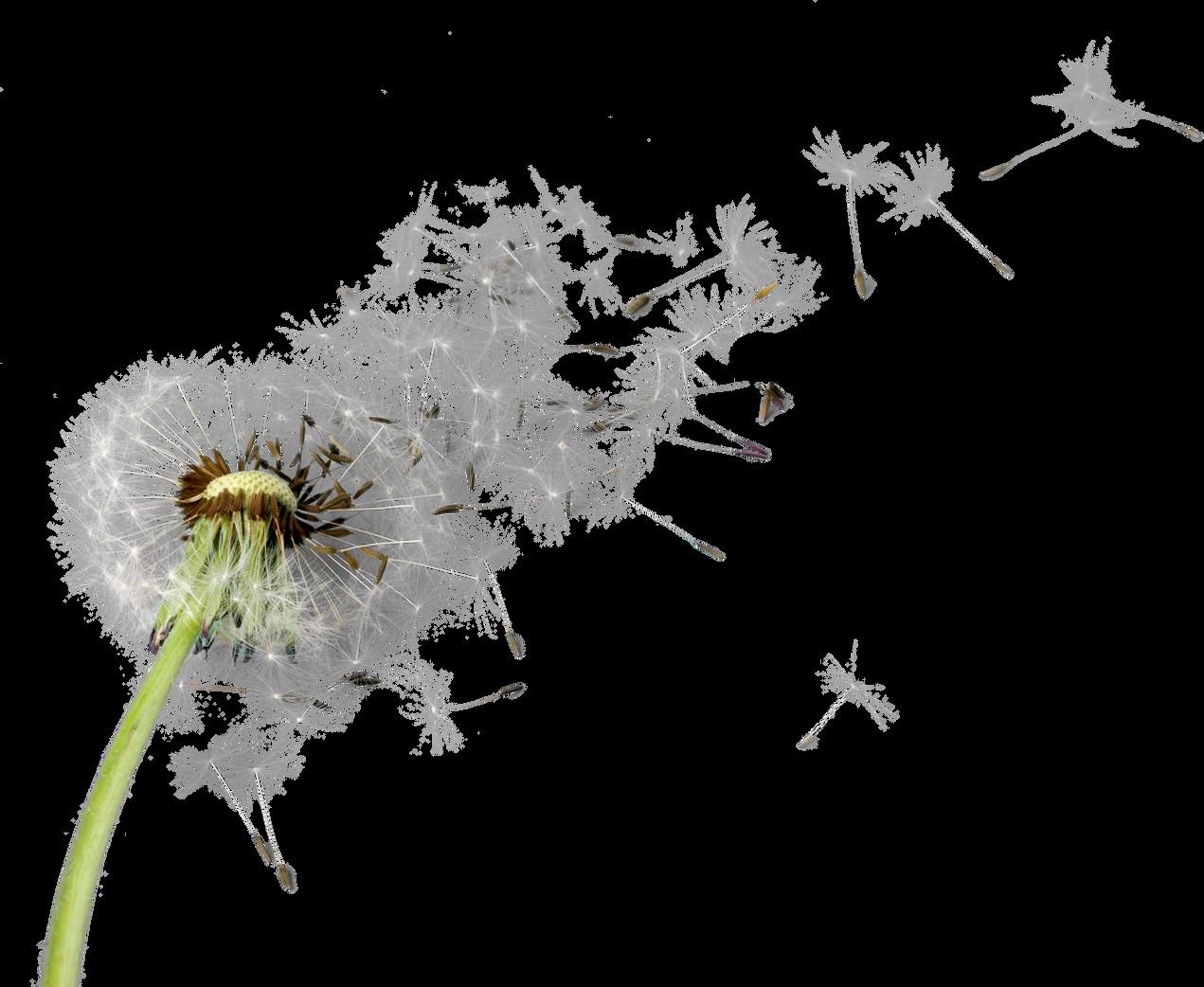
What Not to Add
• Same items as Hot Composting, plus...
• Any unwanted plant seeds
• Consider leaving out pungent items or ensuring they get buried in the pile (Alliums,









